The 8 Most Famous Solar Eclipses in History
Blocking out the sun
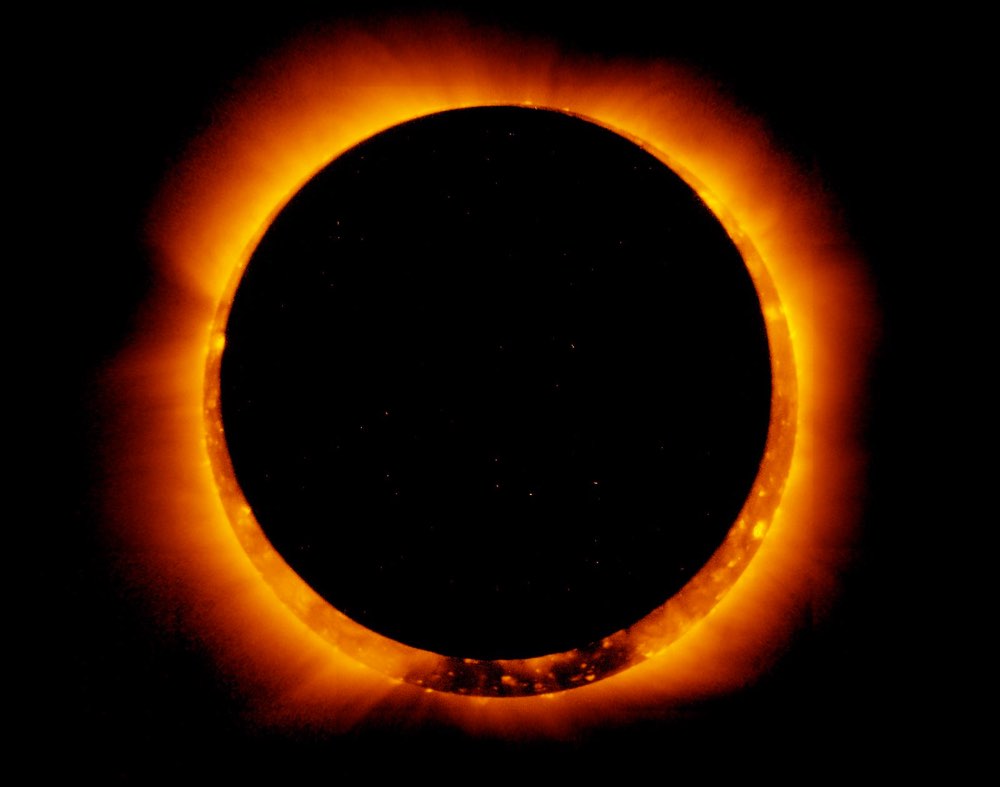
Since ancient times, people have viewed the moon completely blacking out the sun for mere minutes — the entire solar eclipse, as the moon's shadow moves across Earth, can take hours — as omens that indicate an impending miracle, the wrath of God, or the doom of a ruling dynasty.
From the earliest recorded eclipse, described on an ancient clay tablet, in Ugarit in modern-day Syria, to one that was linked to an uprising in an ancient Assyrian city, to a total solar eclipse that will surely go down in history when it dazzles the world in 2017, here are some of the most famous eclipses.
Great American Total Solar Eclipse
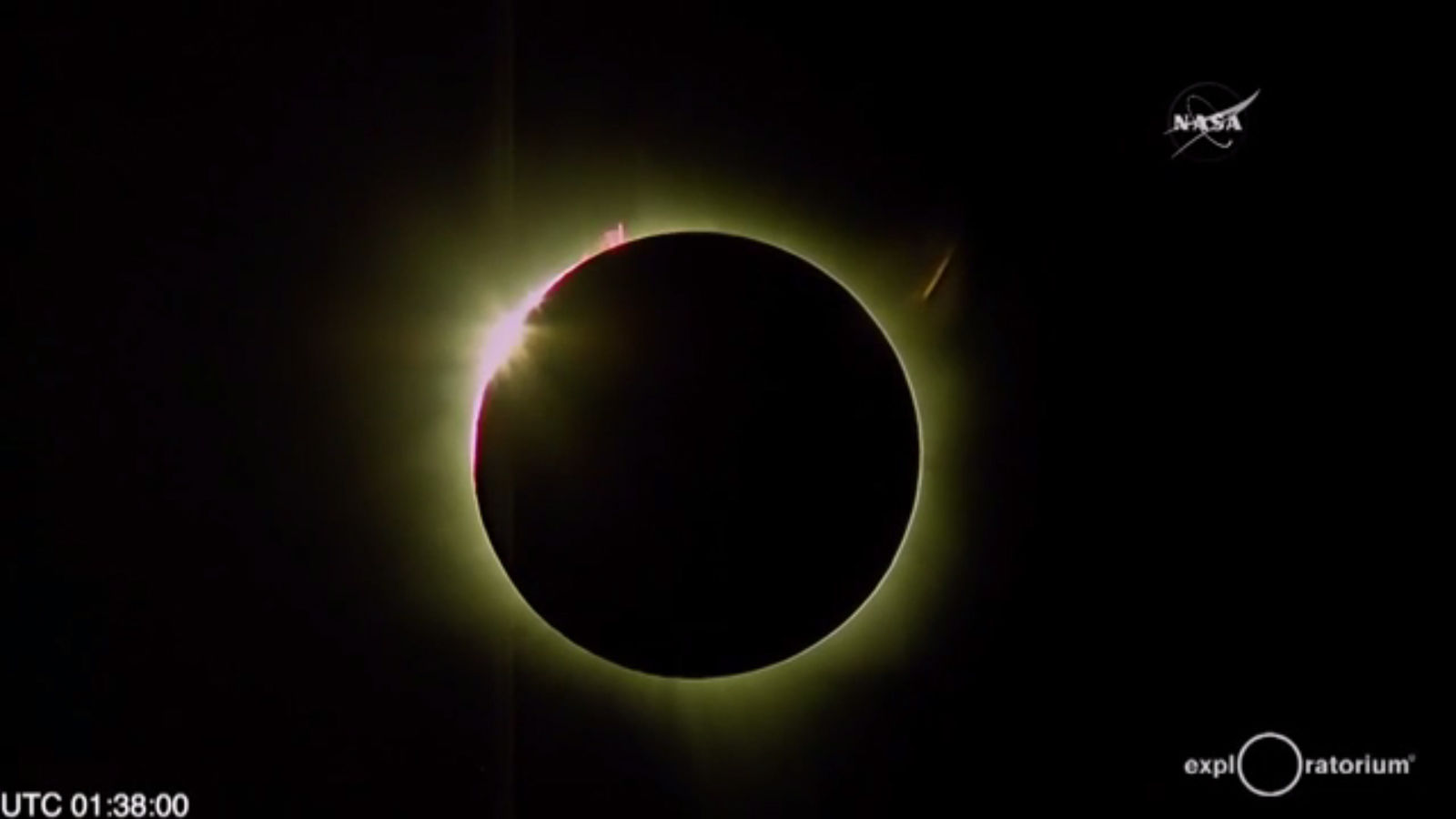
The first total solar eclipse (when the moon moves directly between Earth and the sun) visible in the United States in nearly four decades is expected to dazzle on Aug. 21, 2017. During the so-called Great American Total Solar Eclipse, the 70-mile-wide (110 kilometers) shadow cast by the moon will darken skies from Oregon to South Carolina, according to Space.com, Live Science's sister site. During most solar eclipses, the moon takes just a "bite" out of the sun — these are called partial solar eclipses.
This eclipse is particularly rare for its accessibility. The path of most total eclipses falls over water or unpopulated regions of the planet. The August event will go down as the first total solar eclipse whose path of totality stays completely in the United States since 1776, experts say, according the Space.com Total Solar Eclipse 2017 guide.
For anyone who plans to check out the summer eclipse, remember to NEVER look directly at the sun without proper eye protection, except during the brief period of totality when the moon has moved completely between the sun and Earth. [Here's how to make a solar eclipse viewer.]
Ugarit Eclipse
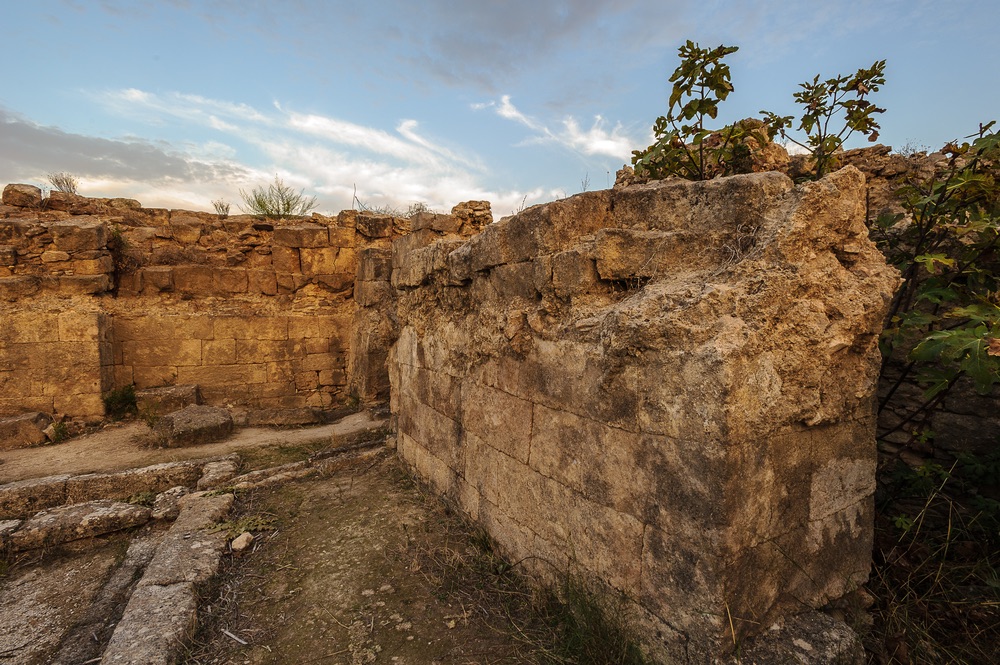
One of the earliest solar eclipses recorded, the Ugarit eclipse darkened the sky for 2 minutes and 7 seconds on May 3, 1375 B.C., according to an analysis of a clay tablet, discovered in 1948. Then, a report in the journal Nature in 1989 suggested, in fact, the eclipse actually occurred on March 5, 1223 B.C. That new date was based on an historical dating of the tablet as well as an analysis of the tablet's text, which mentions the visibility of the planet Mars during the eclipse.
Mesopotamian historians in Ugarit, a port city in Northern Syria, recount that the sun was "put to shame" during this total eclipse.
Assyrian Eclipse
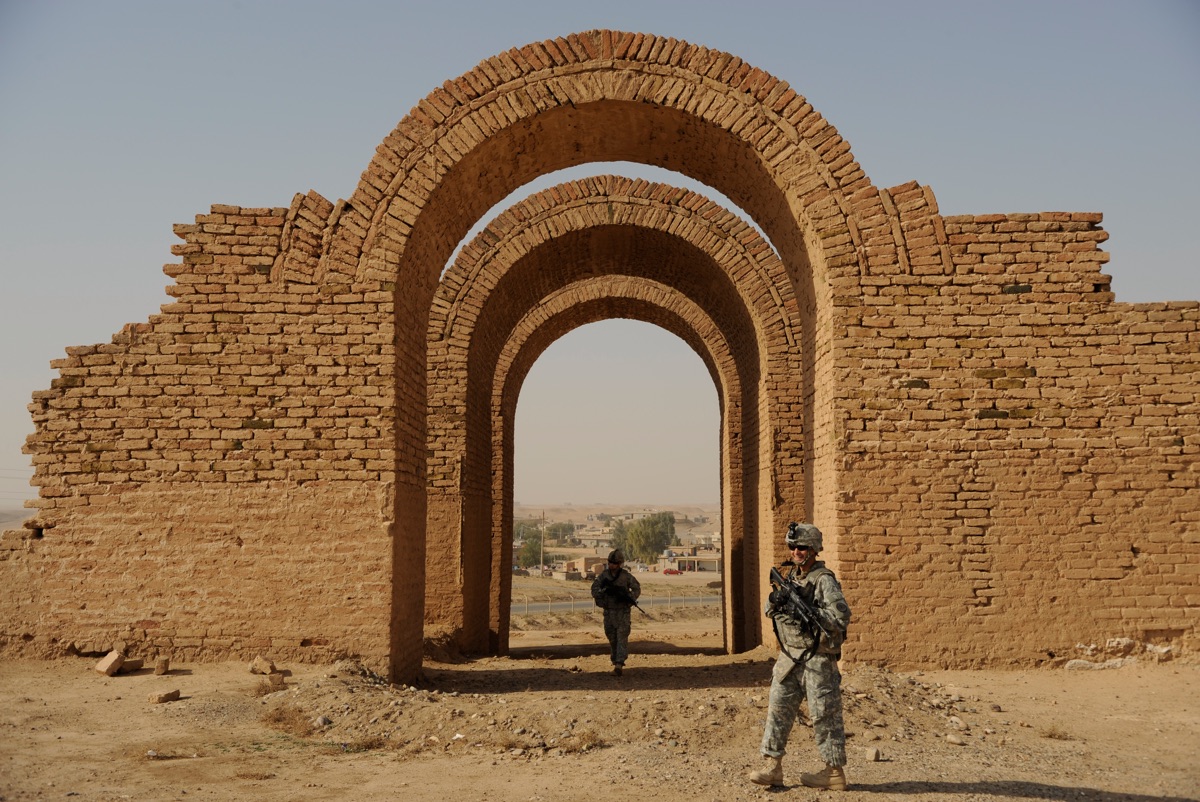
In 763 B.C., the Assyrian empire, which occupied what is now Iraq, the sun was completely eclipsed for 5 minutes. Early records from the period mention the eclipse in the same passage as an insurrection in the city of Ashur, now known as Qal'at Sherqat (shown in the image) in Iraq, suggesting that the ancient people linked the two in their minds.
Early Chinese Eclipse
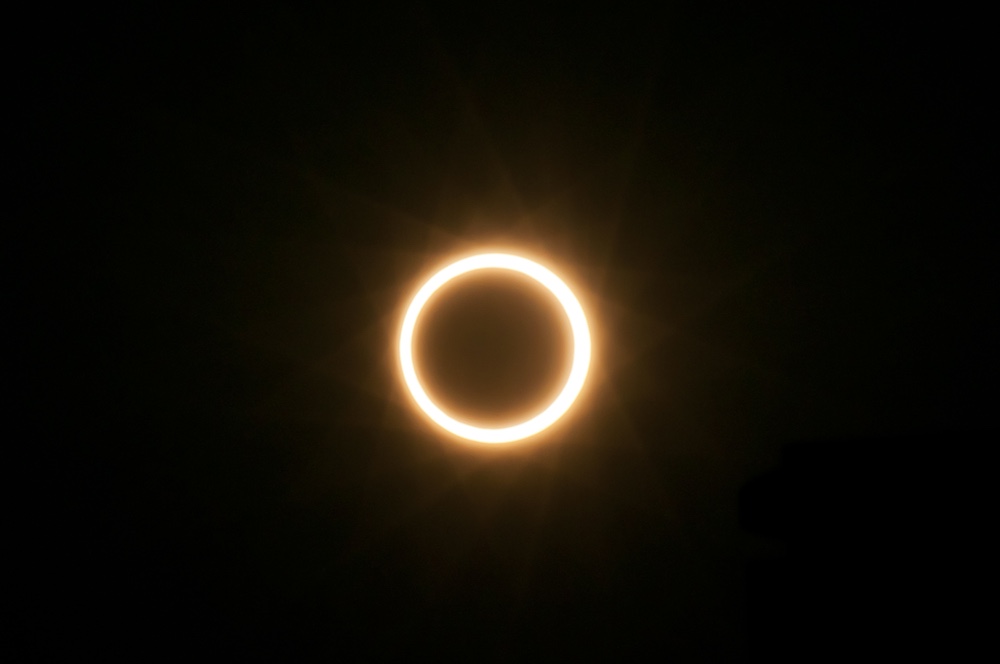
In 1302 B.C., Chinese historians documented an epic total eclipse that blocked out the sun for 6 minutes and 25 seconds. Because the sun was a symbol of the emperor, an eclipse was seen as a warning to the leader. After an eclipse, an emperor would eat vegetarian meals and perform rituals to rescue the sun, according to a 2003 study in the Journal of Astronomical History and Heritage. [Fiery Folklore: 5 Dazzling Sun Myths]
Kevin D. Pang, an astronomer at NASA's Jet Propulsion Laboratory, and colleagues analyzed inscriptions on ancient turtle shell fragments (called oracle bones) to figure out the date of the eclipse — June 5, 1302 B.C. Part of the inscription reads: "Diviner Ko asks if the following day would be sunny or not," according to a NASA press release. On the reverse side of the fragment, the inscription continued "... 52nd day, fog until next dawn. Three flames ate the Sun, and big stars were seen." Pang interpreted "three flames" as "coronal streamers licking out from the Sun's surface, visible only during total eclipses," according to the NASA statement. During the solar eclipse, as the moon's shadow covered the sun, "big stars" would be visible to Earthlings during the day.
(Shown here: A total solar eclipse seen from Xiamen, China, on May 20, 2012.)
The Crucifixion of Jesus
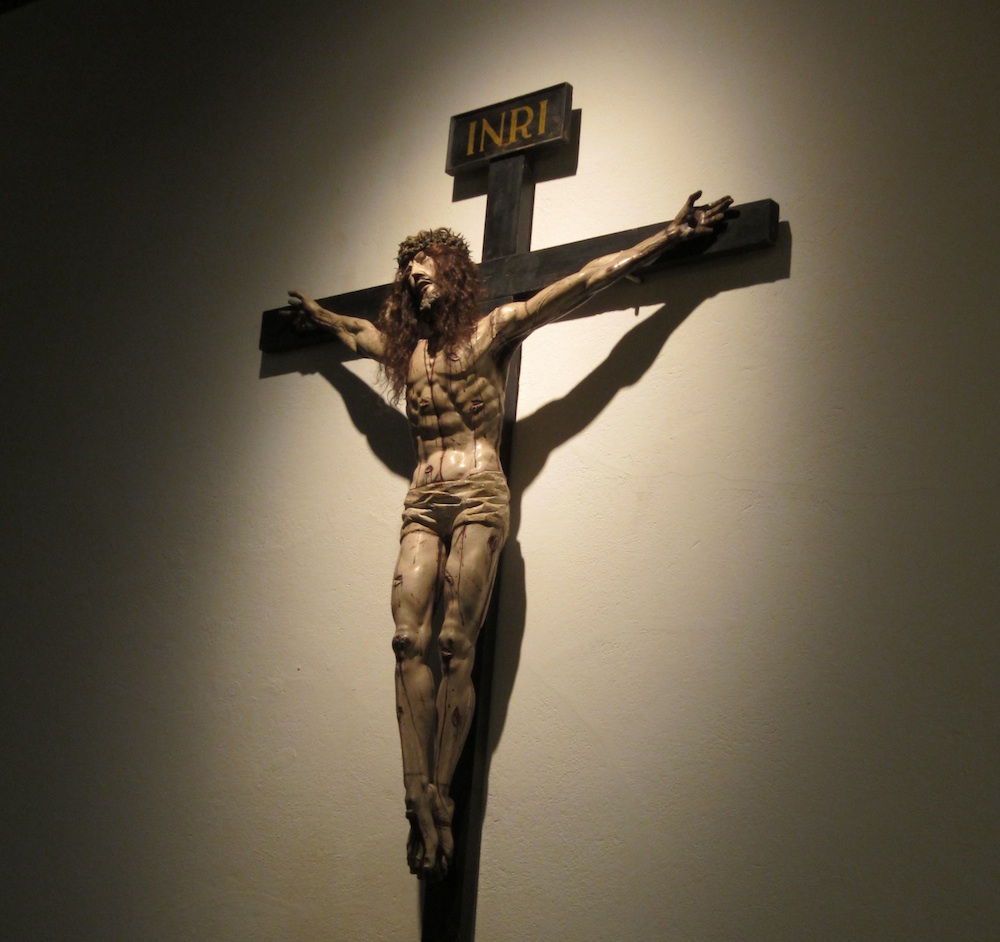
The Christian gospels say that the sky was darkened for hours after the crucifixion of Jesus, which historians viewed either as a miracle or a portent of dark times to come. Later historians used astronomy to pinpoint the death of Christ based on this eclipse mention. Some historians tie the crucifixion to a total solar eclipse lasting 1 minute and 59 seconds that occurred in the year 29 C.E.; others say a second total eclipse, blocking the sun for 4 minutes and 6 seconds, in 33 C.E., marked Jesus' death.
Birth of Mohammed
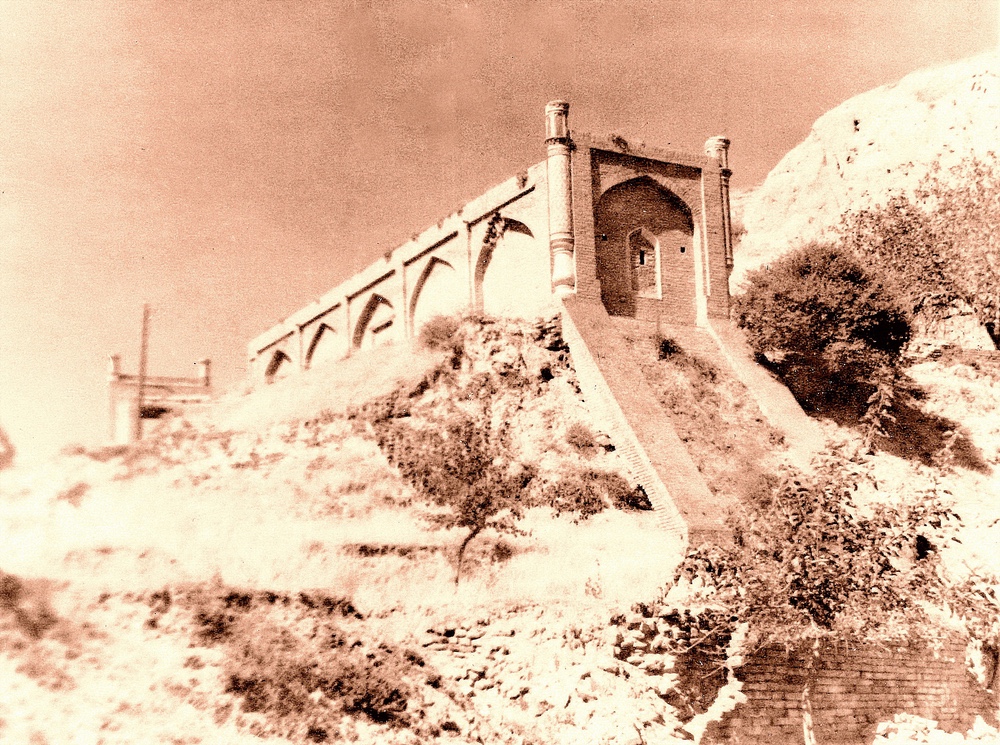
The Koran mentions an eclipse that preceded the birth of Mohammed. Historians later tied this to a total eclipse that lasted 3 minutes and 17 seconds in 569 C.E. The sun also disappeared for 1 minute and 40 seconds after the death of Mohammed's son Ibrahim. But the world's first Muslims didn't believe that eclipse was a sign from God. Instead, according to Islamic texts called the Hadiths, Mohammed proclaimed "the sun and the moon do not suffer eclipse for any one's death or life."
(Shown here, the Ulugh Beg Observatory in Samarkand, Uzbekistan, which was built in the 1420s, and is considered one of the great observatories in the Islamic world.)
King Henry's Eclipse

When King Henry I of England, the son of William the Conqueror, died in A.D. 1133, the event coincided with a total solar eclipse that lasted 4 minutes and 38 seconds. In the manuscript "Historia Novella," William of Malmesbury recounts that the "hideous darkness" agitated the hearts of men. After the death, a struggle for the throne threw the kingdom into chaos and civil war.
In the "Anglo-Saxon Chronicle," a passage also recounts this eclipse: "In this year King Henry went over sea at Lammas, and the second day as he lay and slept on the ship the day darkened over all lands; and the Sun became as it were a three-night-old Moon, and the stars about it at mid-day. Men were greatly wonder-stricken and were affrighted, and said that a great thing should come thereafter. So it did, for the same year the king died on the following day after St Andrew's Mass-day, Dec 2 in Normandy," according to a NASA statement.
(Shown here, Reading Abbey, where King Henry I was interred.)
Einstein's Eclipse
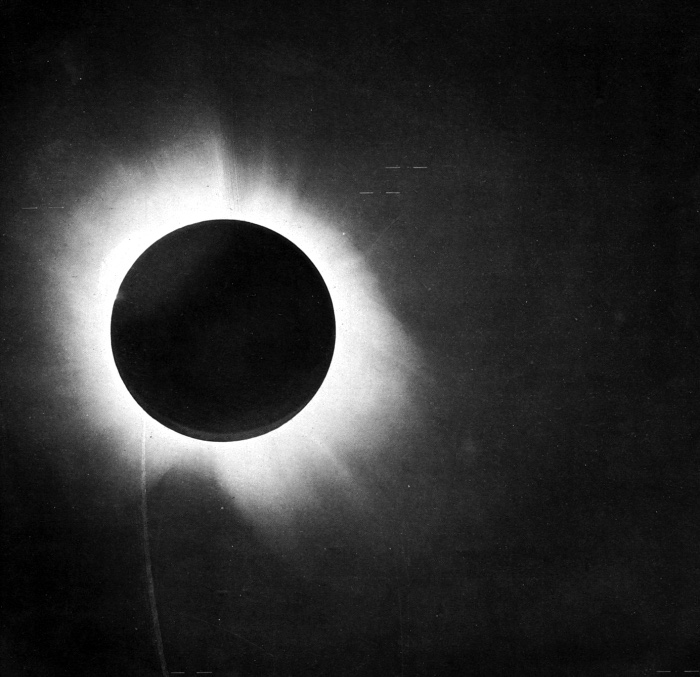
While the ancients viewed eclipses as signs of great acts of God, physicists viewed the 1919 solar eclipse as a triumph of science. During 1919's epic eclipse, in which the sun vanished for 6 minutes and 51 seconds, scientists measured the bending of light from the stars as they passed near the sun. The findings confirmed Einstein's theory of general relativity, which describes gravity as a warping of space-time.
Join our Space Forums to keep talking space on the latest missions, night sky and more! And if you have a news tip, correction or comment, let us know at: community@space.com.
Get the Space.com Newsletter
Breaking space news, the latest updates on rocket launches, skywatching events and more!

Tia is the assistant managing editor and was previously a senior writer for Live Science, a Space.com sister site. Her work has appeared in Scientific American, Wired.com and other outlets. She holds a master's degree in bioengineering from the University of Washington, a graduate certificate in science writing from UC Santa Cruz and a bachelor's degree in mechanical engineering from the University of Texas at Austin. Tia was part of a team at the Milwaukee Journal Sentinel that published the Empty Cradles series on preterm births, which won multiple awards, including the 2012 Casey Medal for Meritorious Journalism.

